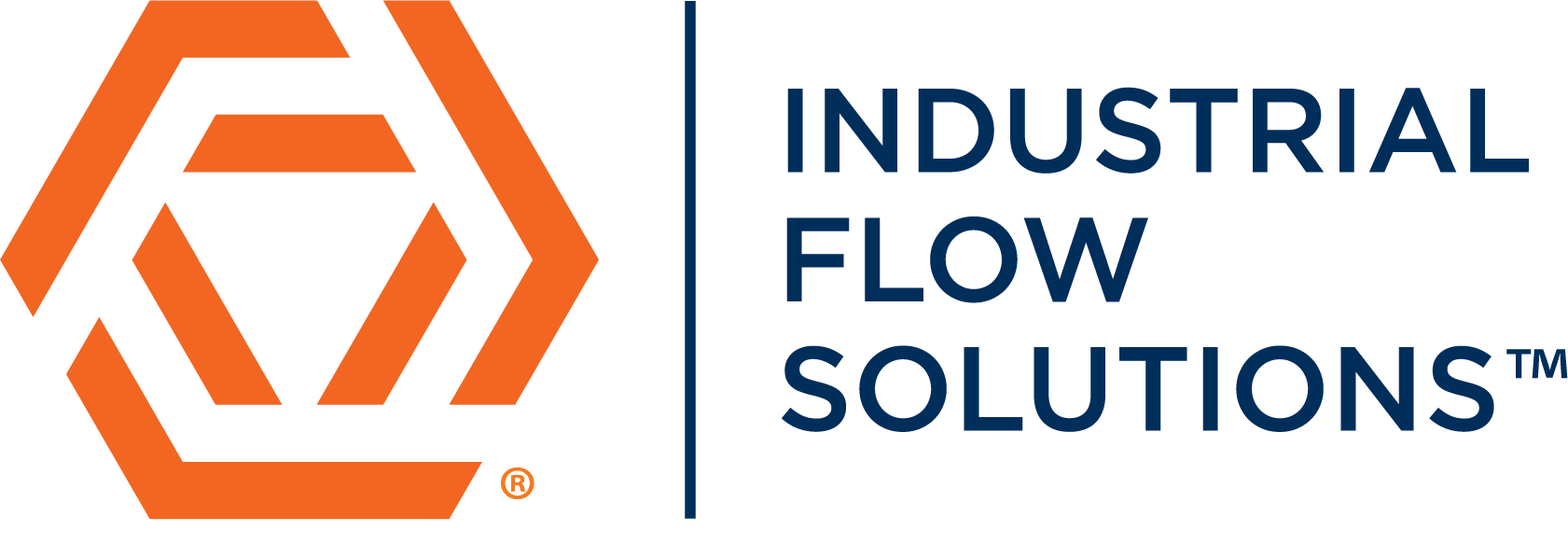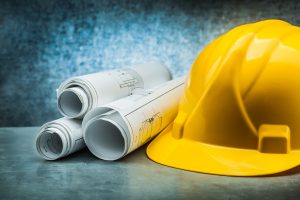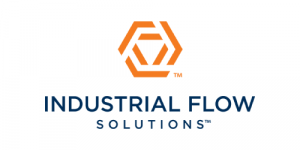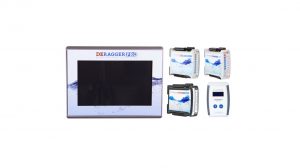Connected Solutions for SPCC in Critical Grid Infrastructure Applications
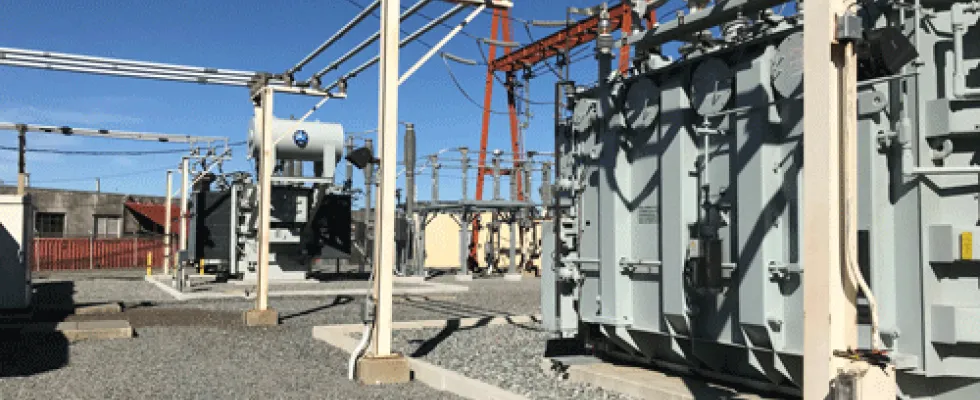
Article Feature in Pumps & Systems Magazine – October 2022
By Industrial Flow Solutions Industry Sales Manager – Arjun Shanmugam
Every facility with significant electrical infrastructure needs a robust plan for preventing and controlling oil spills. Along with potential fines, an unmitigated leak can create significant hazards for human health and the local ecosystem. Regulatory compliance demands a multifaceted approach that includes taking full advantage of today’s pump technologies to rapidly address spills when they happen.
The Function of Oil in the Electrical Grid
Significant volumes of oil are found throughout electric utility systems. Large equipment such as breakers, reactors, and transformers use mineral or synthetic oil to cool and insulate their components. Such devices each may hold dozens or even hundreds of gallons of oil.
Equipment installed today typically is engineered to provide excellent oil containment for many years to come. Of course, no utility-scale system relies solely on all-new equipment. As components age, natural corrosion combines with wear-and-tear from routine maintenance to undermine containment mechanisms.
Even with new equipment, one must assume that a leak will occur someday. More than 70% of the U.S. electric grid is over 25 years old, creating widespread challenges for facility managers.
The hazards created by such leaks are significant. Oil spilling onto the ground threatens to contaminate local waterways and groundwater, creating a potential long-term threat to human health and wildlife. Leaking equipment also creates a serious fire hazard, along with potential legal liability, system downtime, and other business expenses.
The EPA’s SPCC Rule
Federal law imposes strict requirements for the storage and transportation of oil. The EPA’s Spill Prevention, Control and Countermeasures (SPCC) Rule, issued under the Clean Water Act, includes specific requirements for oil pollution prevention. The regulation’s purpose is to prevent and contain oil spills to protect water supplies.
Under the SPCC Rule, facilities with oil storage containers must implement a SPCC plan, which in many cases must be certified by a licensed engineer.[1]
One challenge presented during the design of SPCC plans is the remote nature of the equipment that raises the most concerns. Most oil-carrying devices are found in substations or vaults, which typically operate without on-site personnel. Without adequate remote monitoring in place, a leak may go undetected for some time.
Today’s SPCC plans take advantage of remote monitoring technologies to maintain continuous, often automatic oversight of equipment. However, monitoring is only the beginning. Facilities also need to be designed with prompt containment in mind.
Modern Secondary Containment Solutions
Ideally, equipment is properly maintained and well designed to prevent leaks in the first place—what is referred to as primary containment. When a leak does occur, the facility’s secondary containment solutions must be ready to address the problem.
When determining the type and size of the secondary containment system, the volume of the oil in the equipment must be the first of several key considerations. A properly designed secondary containment system is sized to handle slightly more oil than the device contains. Maintaining capacity for 110% of the oil contained in a device will prevent oil from spilling out of the sump and into the environment.
Building a large enough secondary containment system for high volume, utility-scale devices require specialized technologies. For instance, higher-voltage transformers typically contain large volumes of oil. A modern pump system with conductive-sensing technology is an excellent solution in this example. This technology allows for active dewatering of secondary containment sumps to maintain the required minimum oil spillage containment capacity, while also retaining the hazardous oil present in the spilled fluid.
The Limits of Concrete Barriers
Not all secondary containment systems are ideal for each specific SPCC application. Each system will present distinct design requirements.
Most secondary containment pits in substations are made from concrete, which can degrade over time, especially after extended exposure to certain corrosive substances. Along with sulfur compounds commonly found in oil, salty or acidic water, microbes, chlorides, nitrates, and fluorides all can damage a concrete structure’s integrity. Extreme weather conditions like high heat, rain, snow, and ice also play a role.
As concrete degrades, it loses its value as a containment solution. Consequently, concrete pits
may not be the best containment solution for certain SPCC applications. Other sump materials could be more effective at containing spillage. At the very least, a concrete sump should be actively monitored, and any damage should be repaired immediately before it becomes a serious problem.
The Importance of Pump Selection in SPCC Applications
Many of the conditions that damage concrete over time also accelerate the wear and tear of equipment. Footings, bushings, and mounting pads are prone to corrosion. Along with affecting primary electrical devices, secondary containment systems like pumps are also prone to corrosion damage. A SPCC system needs pumps designed to withstand the corrosive qualities of the fluids present in the facility and within the sump itself. Selecting and correctly installing the proper pump is essential to maintain the system’s reliability.
Pumps used in transformer sumps are critical to an SPCC solution. They have to work when called upon to remove water and keep the transformer protected. They also need a robust oil-sensing system to avoid the risk of pumping transformer oil into the surrounding environment. While cheap, off-the-shelf elevator systems may be a tempting alternative for transformer sumps, they lack the robustness and resilience required for this important SPCC application.
High-grade stainless-steel is generally a preferred pump material compared to standard cast iron. It can stand up better to difficult operating conditions and corrosive elements in the water being pumped. Integration of stainless-steel pumps dramatically adds to the reliability and longevity of most systems. Extreme process fluids and environmental conditions may call for pumps made from specialized alloys.
Upgrading SPCC Technologies to Improve Containment
Many secondary containment systems need supporting technologies to work properly. For example, in cold-weather applications, a heater system may be required. Such systems can keep the sump thawed, allowing for the system to maintain the required retention capacity.
As utilities upgrade their aging electrical infrastructure, they need to consider upgrading their SPCC solutions. From the sump design and construction materials to the pumps being installed, each critical factor needs to be freshly analyzed to create the best possible secondary containment system for the application at hand.
Remote communication capabilities are also essential to upgraded SPCC systems. The network should be ready to provide real-time data monitoring and automated alarm notifications in case of an oil spill, equipment failure, sump leak, or severe weather event. Remote connectivity is essential to notify operators of potential problems before they reach critical levels. This allows for enhanced control and proactive prevention of catastrophic oil spills.
Automation offers new options for SPCC engineers. Pumps can be programmed to turn on and off to keep the pumps adequately drained for the requisite oil spill capacity. Data can be monitored and controlled both on- and off-site to ensure the SPCC system is constantly doing its job.
Custom SPCC Planning & System Implementation
When considering SPCC planning, upgrades, or a complete redesign of your existing oil spillage containment system, it is extremely important to collaborate with a supplier who can provide you with a tailored approach. You will need the right sump and pump equipment and a custom design for your specific SPCC application. You will benefit from a tailored communications package that will integrate with your SCADA or other network monitoring system. Through ingenuity, accuracy, and connectivity, you can prevent oil spills that can be damaging on so many different levels—both financially and environmentally.
To learn more about Oil Minder® please visit flowsolutions.com.
Arjun Shanmugam is a Business Development Manager Utilities with Industrial Flow Solutions™ and is based in the United States. He can be reached [email protected] or by phone at 860-391-3985.
[1] For example, see 40 CFR Parts 110 and 112.
